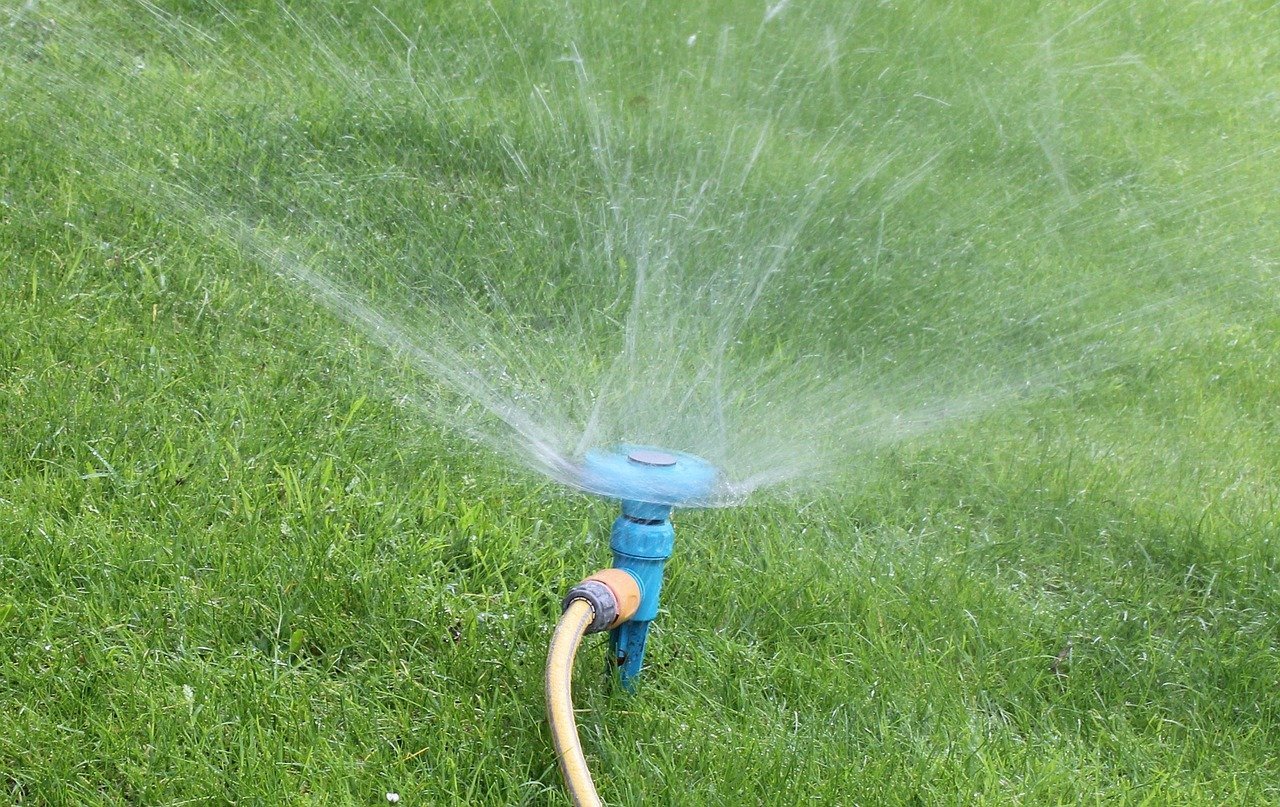As July’s high temperatures and humidity settle in, your Southeast Wisconsin garden needs a little extra care to stay lush and productive. From keeping soil moisture consistent to staying ahead of pests and diseases, a few strategic tasks each week will help your plants power through the heat. Here are five essential July tips to maintain vibrant blooms, strong growth, and a healthy, low-maintenance landscape all month long.
Deep, Infrequent Watering
- Water early in the morning to reduce evaporation and fungal risk.
- Give established shrubs and perennials a thorough soak (1–1½ inches) once a week, rather than light daily sprinkles. This encourages deeper root growth and greater drought resilience.
Stay Vigilant Against Pests & Diseases
- Inspect leaves and stems weekly for signs of Japanese beetles, spider mites, or fungal diseases (black spot on roses, powdery mildew on phlox).
- Treat early with insecticidal soap or a targeted fungicide to prevent outbreaks from spreading.
Deadhead & Pinch to Extend Bloom
- Remove spent flowers on perennials and shrubs (coneflowers, phlox, roses) to encourage new bud formation and maintain a tidy appearance.
- For annuals like petunias and geraniums, pinch back leggy growth to promote a bushier habit and continued flowering.
Mulch & Weed Management
- Refresh or add a 2–3″ layer of organic mulch (bark, straw, or chopped leaves) around plants to conserve moisture, suppress weeds, and keep soil temperatures stable.
- Pull weeds by hand before they set seed—mid-summer weeds can rapidly produce a second generation if left unchecked.
Feed & Support Summer Performers
- Apply a balanced, slow-release fertilizer (e.g., 10-10-10) to heavy feeders like roses, hydrangeas, and vegetables to sustain bloom and fruit development.
- Stake or cage tall perennials (delphiniums, tall phlox) before they flop under the weight of rain or blooms.

